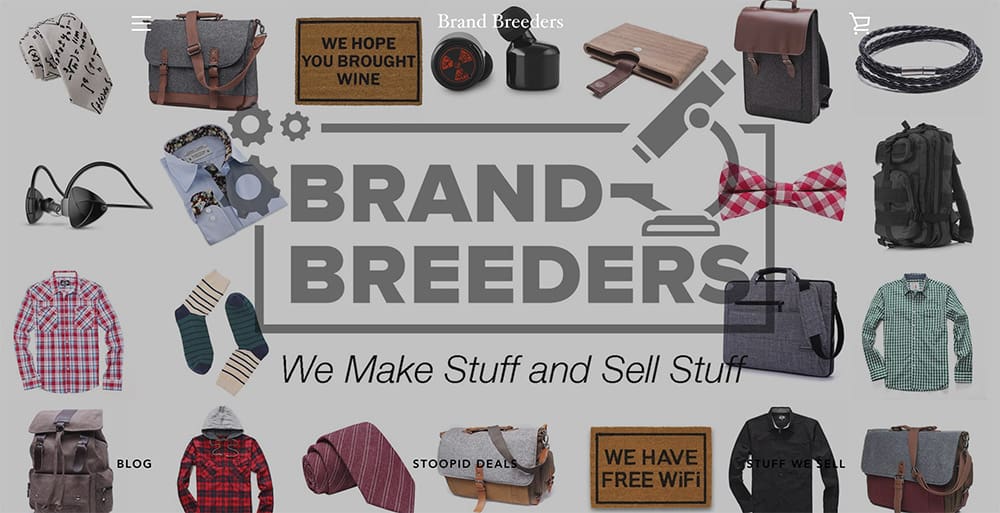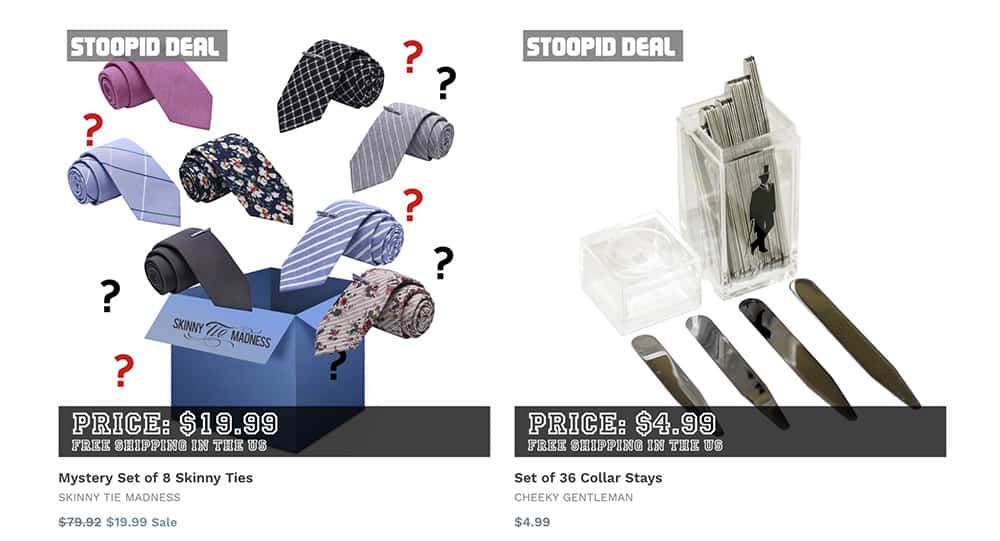Balancing Online and In-Person Sales

Tips for Balancing Between Online and In-Person Sales
An Interview with Parth Sharma, Brand Breeders
I’m thrilled to have the opportunity to sit down with Parth Sharma, the owner and founder Brand Breeders. Launched in 2011, Parth’s company helps consumer goods brands launch and scale their business. Part manufacturing, part consulting, Parth spends his days looking at customer reviews online and figuring out how Brand Breeders can change and modify different products to bring them to scale.
For the past five years, Parth and his team have accomplished the following:
- Successfully grown revenue by 100% in the last 5 years
- Brought over 10,000 new products to market
I spoke with Parth about how smart investments in raw materials and inventory have helped him secure these wins.

Kimberly Solarz for OnDeck: Parth, thanks for taking the time to chat with me. To start, tell me a bit about how you got started.
Parth Sharma: My first business that I started was a shirt company back in 2002. We grew very quickly and soon got into most major department stores. Unfortunately, a few years later the economy plummeted, as did the business. Then I pivoted to an online model of business, which I found much less stressful. But, I knew growing online required a different strategy and skill set, so I decided to enter into more categories, and that’s when I officially launched Brand Breeders in 2011. I was doing some consulting, helping other people launch brands, and then soon I started cranking out my own brand. Soon I had my own brand of ties, kids clothing, doormats, etc. And, I haven’t looked back since! And, I haven’t had a single group not been profitable.
KS: What has been the biggest challenging in scaling your business, and how did you overcome that challenge?
Parth: The biggest challenge by far is access to capital. I can only grow the business as fast as the capital I have on hand will allow me to. I have to pay for inventory before I even get it. Then I ship it out, and then I have to wait to get paid. If I sell through Amazon or Groupon, I have to wait 60 days to get paid. Cash flow conversion is by far my biggest challenge.
However, I do I think I’ve done a good job of keeping my cycle time down. But still, the cash cycle of an inventory business requires you to have to put money down before you see anything. It can be limiting.
A few things I always try to do: I keep my overhead super low. It’s zero – I pay a little bit of liability, website hosting, etc. I don’t sit on inventory – I’m always cranking through it. I also pad in a good margin. These are all things everyone in the manufacturing business should be doing. On top of that, there is borrowing. Working with OnDeck helped us finance adding in new products into our overall mix, which has been excellent for business.

KS: When do you think it makes sense to finance purchases like inventory or equipment, or do you try to use cash flow to buy what you need? Are there some types of manufacturing equipment or inventory that’s easier to finance than others?
Parth: I think you should finance these types of purchases yourself as long as you can just to make sure you don’t make any critical mistakes. But once you’ve figured out your formula for success, and you know that X dollars can lead to Y revenue, then you absolutely should start borrowing money to grow faster. It’s very slow process to grow if you’re only self-financing. Business owners also need to understand what the economics or dynamics first – you know what your winners are before you seek financing.
KS: What’s your philosophy when it comes to investment in equipment or inventory? What are some of your key do’s and don’ts?
Parth: I don’t like to buy a product that is a replica or copy of a product that already exists. I read a lot of negative reviews so I can tweak products that are already out there to make them better. I’m not in the business of seeing an item that is selling well and try to put my name on it. You want to stay away from a “me too” product because then you are only competing on price. You have to have something that is either unique, the lowest price or the best product.
For example, my doormats do really well. We make funny doormats. There needs to be a “cool factor.” Something that makes it different and interesting.
For my do’s:
– Make sure your margins are healthy. You want to at least double your money. It’s not worth it if you can’t.
For my don’ts:
– Don’t buy anything that is super seasonal too early or too late – it will just sit in a warehouse. You want always to be able to move inventory.
KS: You’ve had a lot of success in balancing between online and brick and mortar sales. What have you learned from this experience?
Parth: With a brick and mortar business, there is plenty of room to make money. But it’s a challenge and a real pain – you have to deal with the buyers. It takes a lot of time and effort – they all want net 30 or net 60 terms, but a lot of times their credit scores don’t merit those terms. It can be tricky to manage.
I sell online more – if I can put my product online and then buyers can come to me. I tend to be much more choosy with brick and mortar clients. I don’t proactively reach out brick and mortars to sell them. Your vetting process needs to be different for the two channels. I used to more aggressive with stores, and it can be really taxing on your mind. It leads to a lot of one and done transactions, and that that just isn’t scalable in the long run.
KS: What advice do you have for other manufacturers who are looking to break into online sales, or even have more of a balance between the two areas?
Parth: Make something cool and awesome and reasonably priced. Don’t try to be the lowest priced guy and undercut someone else. You need to find something that sells well and then go after that.
And don’t stick to any one marketplaces – there are many aside from Amazon that is less competitive. Diversify your approach in where you are selling.
KS: What role has access to capital played in your ability to grow your business?
Parth: Access to capital is critical for any business, but especially a business like mine where inventory turnaround is critical. OnDeck has been an excellent partner, and I’d recommend them to any business owner reading this and looking for ways to grow their business.
KS: Where do you see your business five or 10 years from now? What’s your plan to get there?
Parth: In addition to continuing to grow the business, I want to start mentoring other aspiring business owners. It’s part of my long-term plan and something I’m super passionate about.




